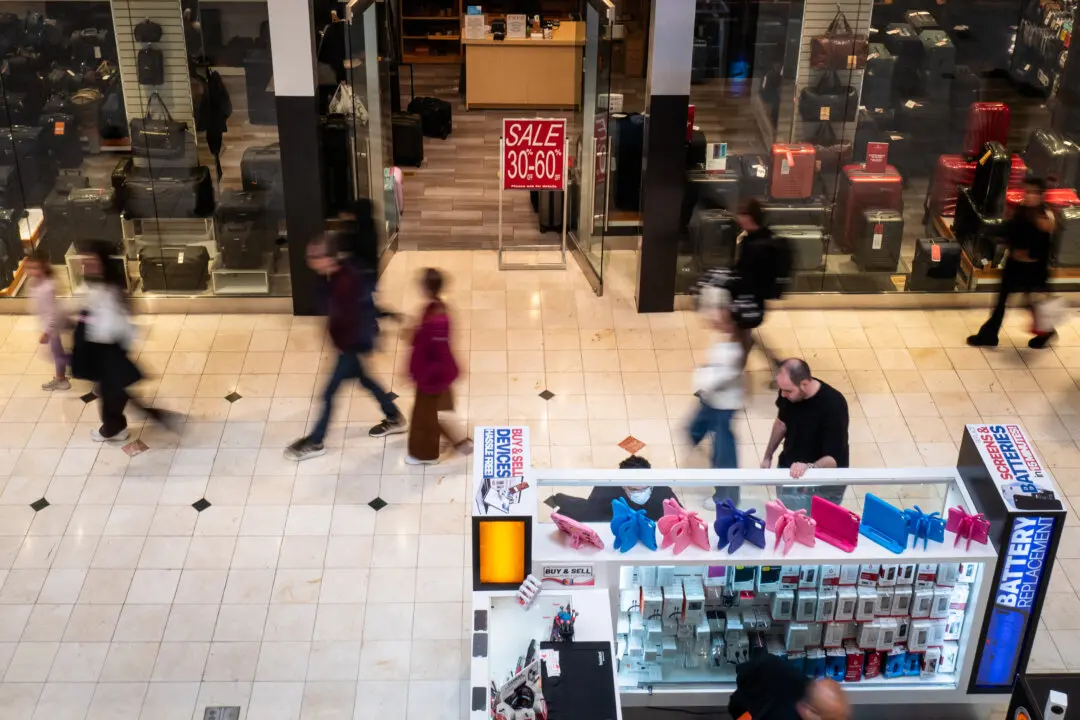A quarter of U.S. citizens would resort to using credit cards when faced with a $1,000 emergency expense, at a time of elevated credit card interest rates and decades-high inflation.
When asked how they would pay for a $1,000 emergency, 25 percent of respondents to a Feb. 23 survey by Bankrate replied that they would cover the expense with a credit card and pay it off over time. That’s up from 20 percent a year ago and marks the largest percentage of people who said they would use a credit card for that purpose since 2014.





